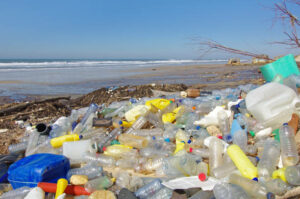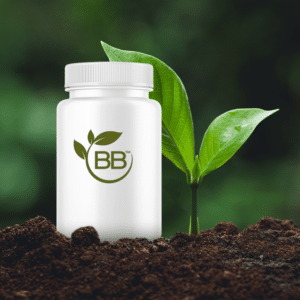The Problem: Plastic Pollution
It should be no surprise to anyone reading this that plastic production is still king. Even taking into consideration the trends shifting toward sustainable packaging. Staggering levels of plastics still find their way into rivers, lakes, oceans, and landfills. This in turn allows the increased dangers of air, water, and soil pollutants to surge and invade our lives. There are even findings of micro-plastics invading our bodies via food. This is due to the pervasive nature of plastics into various ecosystems. This is a direct result of our industrialized way of living. Recent trends calling for biodegradable plastic and/or more compostable materials has been helpful; however our reliance on plastic leaks into almost every sector uses plastics to some degree. This includes packaging, construction, textiles, consumer products, transportation, electronics, and healthcare.
The Hypocrisy of the Healthcare Sector
Let’s focus on that last sector, healthcare. Healthcare tends to be a huge proponent of plastic use. The sector relies heavily on single-use disposables and plastic packaging to increase the shelf life of its products. This reliance on plastics throughout the industry makes healthcare a major contributor to world pollution. Within healthcare we have the supplement companies, most of which use plastics for their product packaging. Even companies with a green initiative who promote environmentally conscious values rely on plastic use. This hypocrisy only exacerbates the plastic crisis. There is a silver lining in all this; consumers are becoming more focused on eco-friendly products and are actively looking for ways to go green. Consumers are looking for products and companies that put real focus and effort into eco-friendly and natural products. This shift puts pressure on companies and brands to create products that feed into this trend.
Why Are Plastics Used By Supplement Companies Anyway?
Protecting The Product
The purpose of a container is to maintain and protect the freshness, shelf life, and potency of the product it contains. Usually dietary/nutrition supplements are easily degradable, so the container needs to be able to keep it fresh for as long as possible. A container must protect the product from excessive light, moisture, microorganism, and other environmental factors that can impact the integrity of the product inside. If you’ve ever ordered a dietary supplement such as a multivitamin, pre-workout or protein, you’ve probably noticed it will usually be packaged in a plastic container, jar, or bottle, along with a possibly some cotton balls, some sort of moisture protecting insert or silica insert, and a anti-tampering seal on top to keep out any unwanted materials.
Sometimes these products might come in glass containers, which is a little better for the environment. If the product requires a specific dosage, it will usually come with a dropper or scooper. These can also be plastic or glass. Once the supplement is all used up, we toss it in the trash, where it inevitably ends up in a landfill or the oceans. If you’re lucky, some of those materials used were recyclable, but even then it’s usually just part of the package rather than the whole thing.
Design and Marketing Demands
Supplement companies make products that will sell, that is how they make their money. Companies and brands need to create a design that will be appealing and increase the odds someone will see it and buy it. Go to any store that sells supplements or go through an online store, and you will see there are usually tons of options for any supplement you are looking for. Since brands want to stand out so you will see and buy their product, they have to design something eye-catching. Some brands have turned to clear bottles and containers with vivid colors so you can see what is inside the package. Gummy products and some brands of protein supplements have capitalized on this.
A transparent bottle is accomplished using what is called polyethylene terephthalate (PET). While this is great for the companies selling the product from a marketing standpoint, PET is a widely recycled plastic. Online shopping is no better. With the rise in online shopping and e-commerce to avoid stores for convenience in light of recent years with the pandemic, this creates an increase in cardboard and plastic production to meet the demands for an increased e-commerce market.
Environmental Impact of Plastic

The over-reliance of plastics by humankind has been a problem for decades and seems to be only getting worse. However, many people may not have a complete understanding of how much of a problem plastic use has become. There is no denying plastic is an incredibly useful material for with a multitude of applications. The trade-off we make for excessive plastic use is how destructive it is for the environment across its life cycle.
Most plastics are created by burning fossil fuels, which are already a finite energy source. This creation process creates a large carbon footprint. In fact, plastic industries are a leading contributor to the overall carbon footprint. This means for every plastic product created, we accelerate the effects of global warming. This effect is exacerbated by the fact that most plastics out on the market are built for single-use, so it is used and then quickly discarded. Using plastics in this manner is detrimental to our planet, our water, and our energy resources.
The Ugly Truth of Plastic Use Today
Did you know the average plastic does not biodegrade like organic materials? In fact, a plastic product can take roughly 350-450 years to break down. Even once plastic is broken down, micro-plastics tend to remain even longer and are easily transferable between organisms via natural food chain processes. These micro-plastics are literally found in just about every ecosystem imaginable. Micro-plastics have even made their way into animals such as fish, which means yes, micro-plastics are now being found in humans! It should be abundantly clear that the over-reliance of plastics is a serious problem. So now that we have a general idea of how much of a problem there is with our use of plastics, is there anything we can do about it?
The Solution: Biodegradable Plastic
Of course there are some things we can implement immediately in our daily lives to reduce our individual and community impact on plastic pollution and global warming. Some things you can do right now to reduce plastic pollution is: reduce single-use plastic purchases, try re-using products and re-purposing products as often as possible to throw away items less often, and recycle your plastic products when possible. These are all great ways to reduce the environmental impact on the individual and community levels, but it is far from a long-term systemic solution to a world-wide problem. So again, is there anything we can do about it? Turns out, where there is a will, there is a way. The big solution here is to create biodegradable plastic.
What makes something biodegradable?
Biodegradable is defined as any material that can bio-assimilate into an environment via decomposition by microorganisms and/or environmental factors such as oxygen, sunlight, etc. Also, the material must not be harmful to the environment or any organisms as the material is bio-assimilated. Plastics generally are not biodegradable, as they create major ecological harm to ecosystems and the various organisms within those ecosystems. However, biodegradable plastic would solve this issue. Biodegradable plastic is plastic designed to break down when exposed to environmental factors such as oxygen, bacteria, fungi, etc. There are bioplastics available on the market usually derived from sugarcane or bamboo, but are usually compostable rather than biodegradable.
How is Biodegradable Plastic different from compostable material?
The major difference between biodegradable and compostable bottles is minor, but needs to be understood. For a bottle to be compostable, it must be made via some sort of organic material so that it can break down within a specific set of circumstances in the environment. For a bottle to be truly biodegradable, it must be able to break down naturally regardless of the material it is created from. Most compostable bottles are made of sugarcane, bamboo, or some other natural material. These materials will break down quickly and can be repurposed into fertilizer or some other soil health enhancer. However since these are natural rather than synthetic materials, they are not technically biodegradable.
A biodegradable plastic when created properly would truly be biodegradable if said plastic is not a naturally occurring material and breaks down naturally via bio-assimilation. This occurs slower than compostable bottles. However, since the plastic is biodegradable, we reduce the plastic pollution. Also, little to no micro-plastics remain when biodegradation is complete. With all this said, is there a truly biodegradable plastic available? We can look to BioBottles as the answer.
BioBottles Leads The Way for Biodegradable Plastic

What are BioBottles? BioBottles are the pioneering product for a truly biodegradable plastic. The guys over at BioBottles wanted to create a product that would really make an impact to reduce the plastic pollution crisis. Because of this, they put their heads together, did some testing, and popped out BioBottles. BioBottles are biodegradable due to the process of creating them.
How the BioBottle is made
The bottles are made with HDPE (High Density Poly Ethylene) plastic for a strong surface durability. The caps are made using PPE (Polyphenylene Ether) for its dimensional stability and accuracy. Where the biodegradability comes in is when this material hits the mold to make the bottles. BioBottles has a proprietary blend of ingredients called Plastic IQ Technology. This technology has been scientifically tested and shows evidence of true biodegradability for the plastic bottles.
The Breakdown of the BioBottle
Within several months to a couple years, so long as that bottle ends up in an environment that has oxygen, UV light, and/or microorganisms to break down the plastic, these bottles will break down naturally via bio-assimilation. This means once you are done using the BioBottle, you can throw it away or recycle it. If it ends up in a landfill or a body of water, you can rest assured it will break down and leave little to no micro-plastics, and we as a society move one more step in the right direction in the fight to end the plastic pollution crisis.
What Can Supplement Companies Do To Help Push Biodegradable Plastic Bottles?
If this is not clear by now, supplement companies can look to partnering with BioBottles to cut their plastic waste. Think of how many supplements there are on the market. Imagine if every one of those companies started using BioBottles for their supplements. Out of the roughly 13 billion plastic bottles that got thrown out in 2019, roughly 70% were not recycled. Supplement companies are a major contributor to the amount of single-use bottles that get used and discarded. Supplement companies should take the time to look into BioBottles for their products. This would not only help the environment, but also demonstrate the green initiative values many of them claim to have.
Final Thoughts on Biodegradable Plastic
Biodegradable plastics are a much needed piece of innovation in these dire times. The consequences of our over-reliance on plastics is becoming more and more noticeable with each passing year. If we do not do something about this and pressure companies that we love to get behind a product that will make the earth a cleaner place, then no amount of reducing, reusing, and recycling will save us from the damage we have already causes. As consumers become more environment conscious, brands need to keep up, or they may well end up out of business.
[/vc_column_text][/vc_column][/vc_row][vc_row row_height_percent=”0″ overlay_alpha=”50″ gutter_size=”3″ column_width_percent=”100″ shift_y=”0″ z_index=”0″ uncode_shortcode_id=”178208″][vc_column column_width_percent=”100″ align_horizontal=”align_center” gutter_size=”3″ overlay_alpha=”50″ shift_x=”0″ shift_y=”0″ shift_y_down=”0″ z_index=”0″ medium_width=”0″ mobile_width=”0″ width=”1/1″ uncode_shortcode_id=”107789″][vc_button button_color=”color-wayh” border_width=”0″ link=”url:http%3A%2F%2Fbiobottlesusa.flywheelsites.com%2Fcontact%2F|title:Contact” uncode_shortcode_id=”197196″ button_color_type=”uncode-palette”]CONTACT US TO LEARN MORE[/vc_button][/vc_column][/vc_row]


